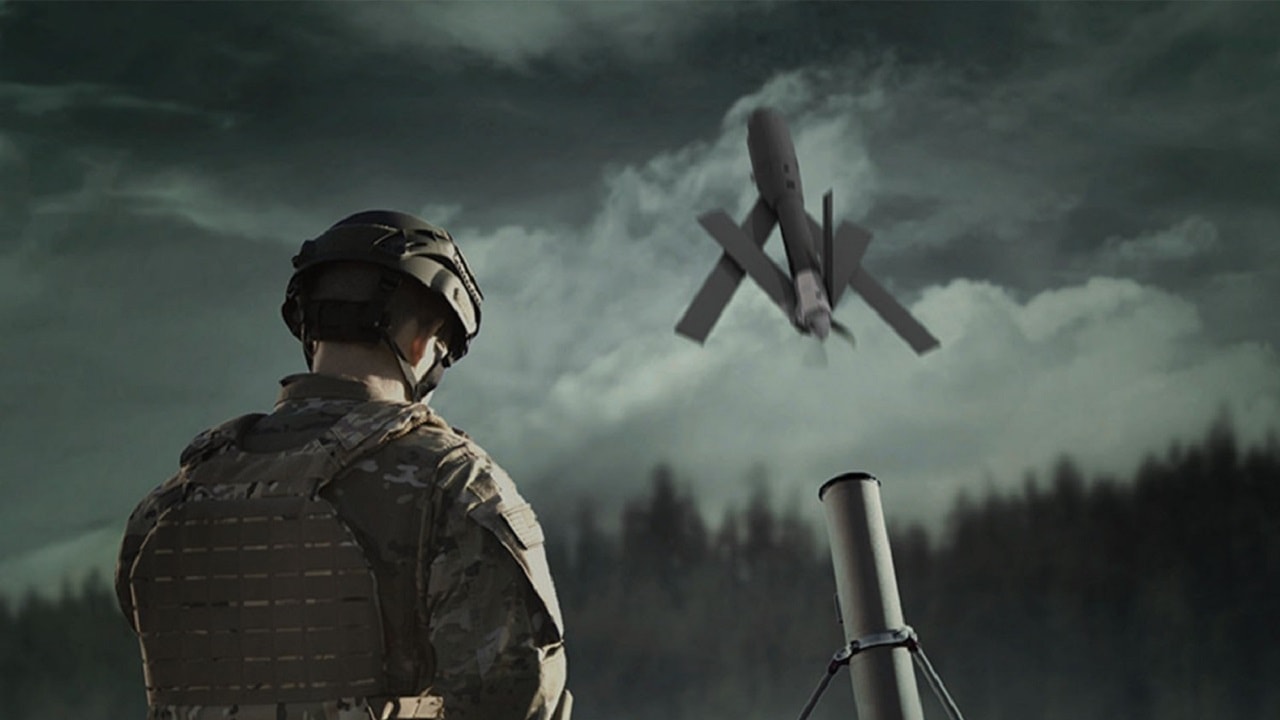Drone warfare has been featured prominently in Russia’s ongoing invasion of Ukraine. Since February 2022, both Kyiv and Moscow have deployed lethal unmanned aerial vehicles (UAVs) to support their respective war efforts.
Russia has notably procured the majority of its drone fleet from its rogue ally Iran, while Ukraine typically uses Western-delivered UAVs to strike targets. The American-made Switchblade drone has proven to punch above its weight on the battlefield. Small enough to be carried in a backpack, the loitering munition is truly a tank-busting powerhouse.
The use of lethal drones became popularized during the 2021 Nagorno-Karabakh conflict between Azerbaijan and Armenia and now plays a critical role in Russia’s invasion of Ukraine. These uncrewed aircraft can perform a range of functions, including artillery spotting, reconnaissance and attack, making them a desirable weapon for both Kyiv and Moscow.
Documenting the Switchblade in Ukraine
In April, the first confirmed use of the Switchblade-600 drone was documented in a video. Published by the open-source intelligence group Ukraine Weapons Tracker, the short clip depicts an external view of the drone following an attack. As noted by the Twitter handle @UAWeapons, the Switchblade is often compared to its predecessor the Switchblade 300, although the latest variant can carry a more powerful payload that can strike targets more than 40km away.
Introducing the small, but mighty UAV
The Switchblade series of drones is constructed by the Virginia-based manufacturer AeroVironment. Conceptualized by the U.S. Air Force Special Operations Command to fulfill the need for a weapon to use in response to enemy ambushes in Afghanistan, the Switchblade was intended to be operated by troops before close air support could arrive in urban areas. Since these drones are so tiny and easy to move around, they are more handy in many ways than the typical troop-carried guided missiles including the FGM-148 Javelin.
Like the Javelin, the Switchblade uses a launch-and-forget firing mechanism, which allows soldiers to seek cover immediately following a launch. According to the drone’s manufacturer, the lethal UAV can also be operated remotely by soldiers via its rechargeable battery: “[Unlike] radio-controlled devices, the operator is not flying the aircraft, the operator’s simply indicating what he wants to look at, what he wants the camera to be pointing at, and the onboard computer flies the aircraft to that point and maintains on target.”
It is believed that the first Switchblade 600s arrived in Kyiv a couple of months prior to the outbreak of the invasion. On February 24, U.S. officials then announced a new delivery of these lethal drones as part of the $2 billion arms package promised to aid Kyiv’s defensive efforts. Earlier this year, the Biden administration revealed another military aid package for Ukraine, which included additional Switchblade drones among other anti-tank and anti-armor weapons.
Russia has lost approximately two-thirds of its entire tank fleet over the last year and a half of warfare due in part to the advanced weapons delivered to Kyiv by NATO allies. The Switchblade may be featured more prominently as Ukraine’s counter-offensive continues.
Maya Carlin, a Senior Editor for 19FortyFive, is an analyst with the Center for Security Policy and a former Anna Sobol Levy Fellow at IDC Herzliya in Israel. She has by-lines in many publications, including The National Interest, Jerusalem Post, and Times of Israel. You can follow her on Twitter: @MayaCarlin.

